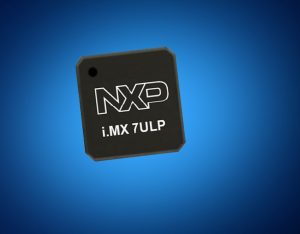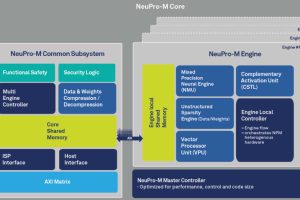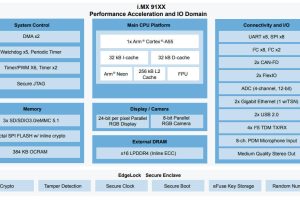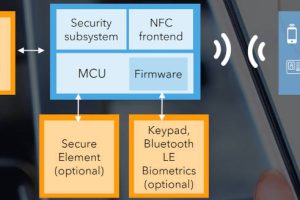
The processors are based on Arm Cortex-A7 and Cortex-M4 cores with separate, isolated domains and 2D and 3D GPUs. Linux os can run on the Cortex-A7 and a real time operating system like FreeRTOS can run on the Cortex-M4 core.
The processors have 32-kbyte of L1 cache instruction memory, 32-kbyte of L1 cache data memory and 256kbyte of L2 cache. There is also 512kbyte of sram. The processors support up to 32-bit LPDDR2/LPDDR3 memory interfaces, GPIO, I2C, SPI, UART, and USB interfaces. In deep sleep suspend mode, power consumption is 50-µW, in optimised configurations, reports the distributor. Reverse and forward body biasing of the transistors enables low leakage and operating voltage scalability
The distributor also offers the i.MX 7ULP evaluation kit consisting of a system-on-module (som) board that connects to an associated baseboard. The kit is designed to support developers with start up and reconfiguration for mobile industry processor interface (mipi) displays. The som provides 1-Gbyte of LPDDR3, 8-Mbyte of quad SPI flash, a micro SD 3.0 card socket, wi-fi and Bluetooth connectivity, USB 2.0 on the go (otg) with Type C connector, and an NXP PF1550 power management IC. A baseboard includes audio codec, an HDMI connector, multiple sensors and a full SD/MMC 3.0 card socket. The kit also includes a bootable SD card pre-installed with a Linux os. The company also stocks NXP’s i.MX7ULP1 MIPI display touch panel for further development projects and evaluation.
 Electronics Weekly Electronics Design & Components Tech News
Electronics Weekly Electronics Design & Components Tech News


